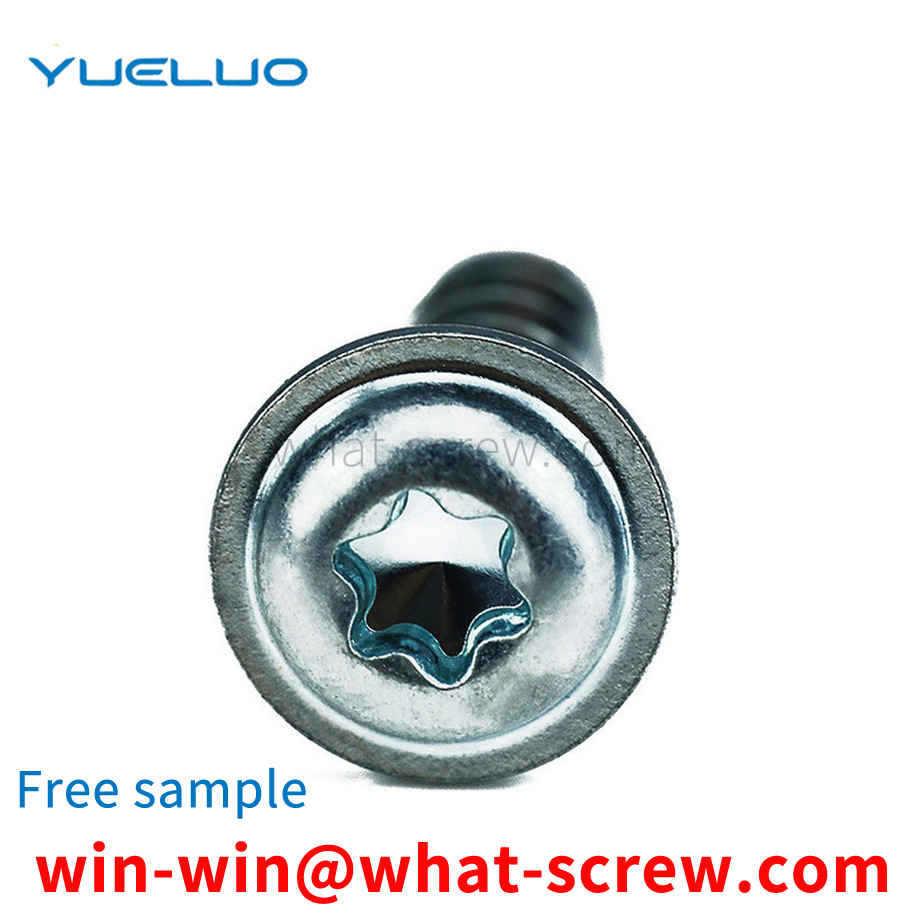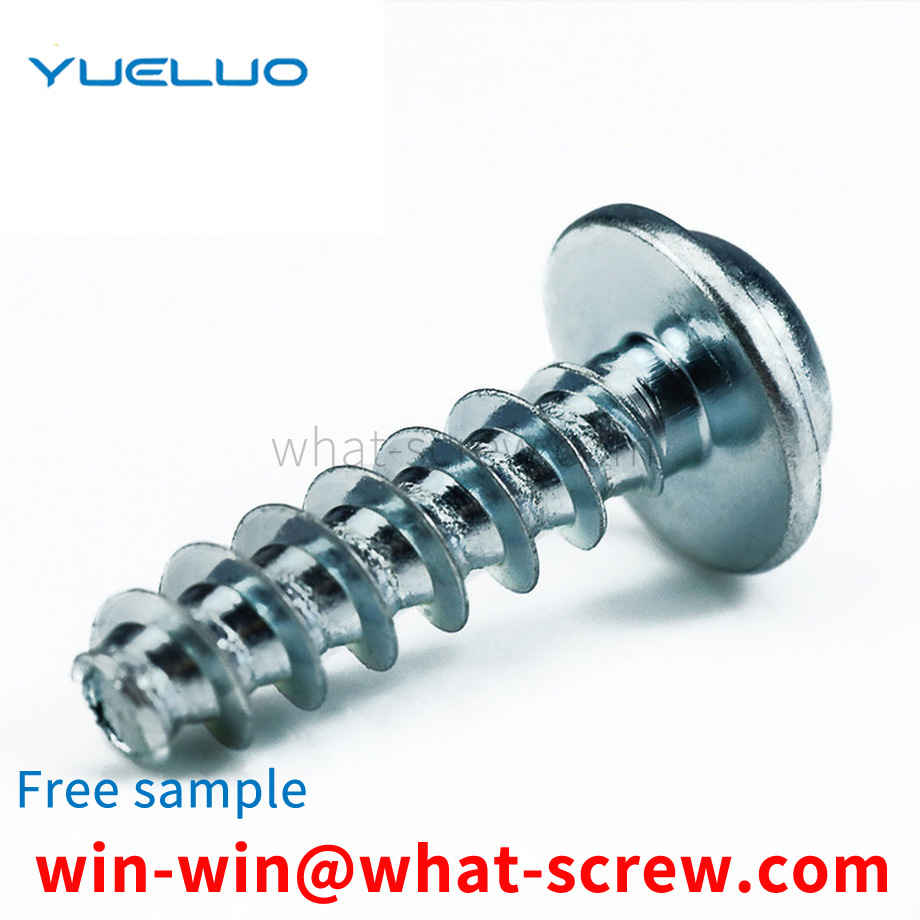Locking of screws belongs to the prior art. Or by means of a visual method (X-ray control) a more or less complex aiming device is inserted into the transverse hole of the screw. In both cases a certain misalignment is unavoidable, ie the screw may not be coaxial with the central axis of the transverse hole and deviate from it by a certain value. In order for the locking screw to pass into and through the transverse hole despite this misalignment, the outer diameter of the screw is determined to be a size smaller than the diameter of the transverse hole. If the aiming is not maintained within this small dimension value, the locking screw can pass through the transverse hole without difficulty despite the aiming error. Now, however, the locking screw has a certain clearance relative to the transverse hole due to the determination of a smaller size value.
hand screw is a screw with a plastic head, and the user fixes the hand screw by turning the plastic head by hand. At present, a hand screw is disclosed in the market publication number CN202203253U, which includes a plastic head and a screw rod, the plastic head and the screw rod are connected together, and the height of the plastic head is higher than that of an ordinary screw, and the height is 12 cm. The screw of the hand screw is fixed in the plastic head by glue. After a period of use, the aging of the glue leads to the loosening of the screw and the plastic head. When the plastic head is stressed, the screw rod comes out of the plastic head, which affects the normal use of the hand screw.
Rivets are widely used in the fixing of product components, and the process of inserting rivets into products is currently mostly done by manpower. However, relying on manpower to insert rivets has low automation and low efficiency, which is not conducive to large-scale Production.
The spring self-locking nut is a spring clip self-locking nut, which consists of an S-shaped spring clip and a self-locking nut. The S-shaped spring clip is provided with a fixing hole (3) for fixing the self-locking nut, which is used for the transition through the bolt. The self-locking nut is placed between the clamping hole and the transition hole (4), and is clamped in the clamping hole. The utility model adopts the elastic force of the spring clip to fix the self-locking nut on the connecting plate or the support. Not only is it convenient to install, but also has good reliability after installation.
1. Other names: root nut, anti-loosening nut, nut. 2. Purpose: To lock the outer joint of the through wire or other pipe fittings. The working principle of the nut is to use the friction between the nut and the bolt for self-locking. However, the reliability of this self-locking is reduced under dynamic loads. In some important occasions, we will take some anti-loosening measures to ensure the reliability of the nut locking. The lock nut is one of the anti-loosening measures. The anti-loosening effect of the lock nut mainly depends on the interaction force between the nut and the thread of the bolt. There are many ways to improve the interaction force between meshing threads, such as structural improvement of nut threads, nylon roughening of nylon nuts, and surface treatment of threads.
We have many years of experience in the production and sales of screws, nuts, flat washers, etc. The main products are: nut combination sets, cotter pin elastic cylindrical pins, knock-on combination rivets, knock-type flat cap GB109 rivets and other products, we We can provide you with the right fastener solution for you.



















 Service Hotline
Service Hotline




